Business Ultraportable Laptops
Time was that choosing an ultraportable notebook for business meant sacrificing on performance and features, but no more. Jim Martin put eight ultraportable notebooks through their paces

There's a certain 'wow' factor associated with ultraportable notebooks and the 1.5kg Lifebook P7120 draws more admirers than most. Its tiny dimensions make it appear a lot smaller than others like the Samsung Q35. It's so small is because of the 10.6in TFT. The widescreen aspect offers 1,280 x 768 pixels and, despite the tiny proportions, it's still usable. As it has a glossy coating it's highly reflective, but at maximum brightness it isn't a huge problem unless it's pointing directly at bright lights.
Made of magnesium, the lid protects the TFT well and, overall, the P7120 feels solidly built. The keyboard is solid, too, and its layout mimics a regular desktop keyboard's as close as possible. Our only real gripe concerns the mouse buttons, which don't have a positive click, but it's something you quickly learn to live with.
We particularly like that all the ports are on the front and sides, making it far easier to plug peripherals into the three USB 2 ports, PC Card slot and VGA output. There's also a card reader, mini-FireWire, S-Video and both modem and Ethernet ports. Wireless connections can be made via Wi-Fi or Bluetooth.
Somehow, the P7120 still has enough room to house a DVD writer, which is a big advantage over the Dell and Lenovo if you regularly need to read or write CDs and DVDs. The drive even supports DVD-RAM.
A slight concession is the hard disk which only sports 56GB of usable space, but this should be more than enough for documents and your music collection. Your data will be secure thanks to a fingerprint reader and a TPM encryption chip. Shock absorbers for the hard disk add yet more protection.
1GB of memory is installed along with a Pentium M 753. This makes it the only notebook here not to use the newer Intel Core, but our Office benchmark showed that it still had the same grunt as the Dell, which has a dual-core processor. What you sacrifice is responsiveness, especially when running multiple applications.
Being an ultra-low-voltage CPU, the benefit is longer battery life: you'll see between 3.5 and almost six hours. If that's not long enough, you can swap out the DVD writer for a second battery (for 113) and this will ensure you can get a full day's work done between recharges. Furthermore, an Eco button powers down all unnecessary components like the PC Card slot, FireWire port and DVD writer to squeeze out even more working time.
Get the ITPro daily newsletter
Sign up today and you will receive a free copy of our Future Focus 2025 report - the leading guidance on AI, cybersecurity and other IT challenges as per 700+ senior executives
At 1,276, the Lifebook isn't the cheapest, but it has a three-year, collect-and-return warranty. A slip case is bundled and there's also an integrated webcam and stereo microphones - ideal for videoconferencing. And, if you buy the Limited Edition model from www.shopfsc.co.uk, you'll not only save on Fujitsu Siemens' direct price, but you'll also get a free Vodafone 3G card, an MP3 player, a USB TV tuner plus a choice of a red or blue lid. If you'd prefer an all-black P7120, wait a couple of weeks until Fujitsu Siemens drops the price on its own website.
Overall, the P7120 is a superb ultraportable, but the cheaper HP matches or beats it in almost every way save battery life. And since you can buy a second battery and still get change from the Lifebook's price, the P7120 has to settle for the third step on the podium.
Verdict
One of the smallest notebooks around, but still has a wealth of features. The problem is the high price when others offer the same, or more, for less.
-
 Why keeping track of AI assistants can be a tricky business
Why keeping track of AI assistants can be a tricky businessColumn Making the most of AI assistants means understanding what they can do – and what the workforce wants from them
By Stephen Pritchard
-
 Nvidia braces for a $5.5 billion hit as tariffs reach the semiconductor industry
Nvidia braces for a $5.5 billion hit as tariffs reach the semiconductor industryNews The chipmaker says its H20 chips need a special license as its share price plummets
By Bobby Hellard
-
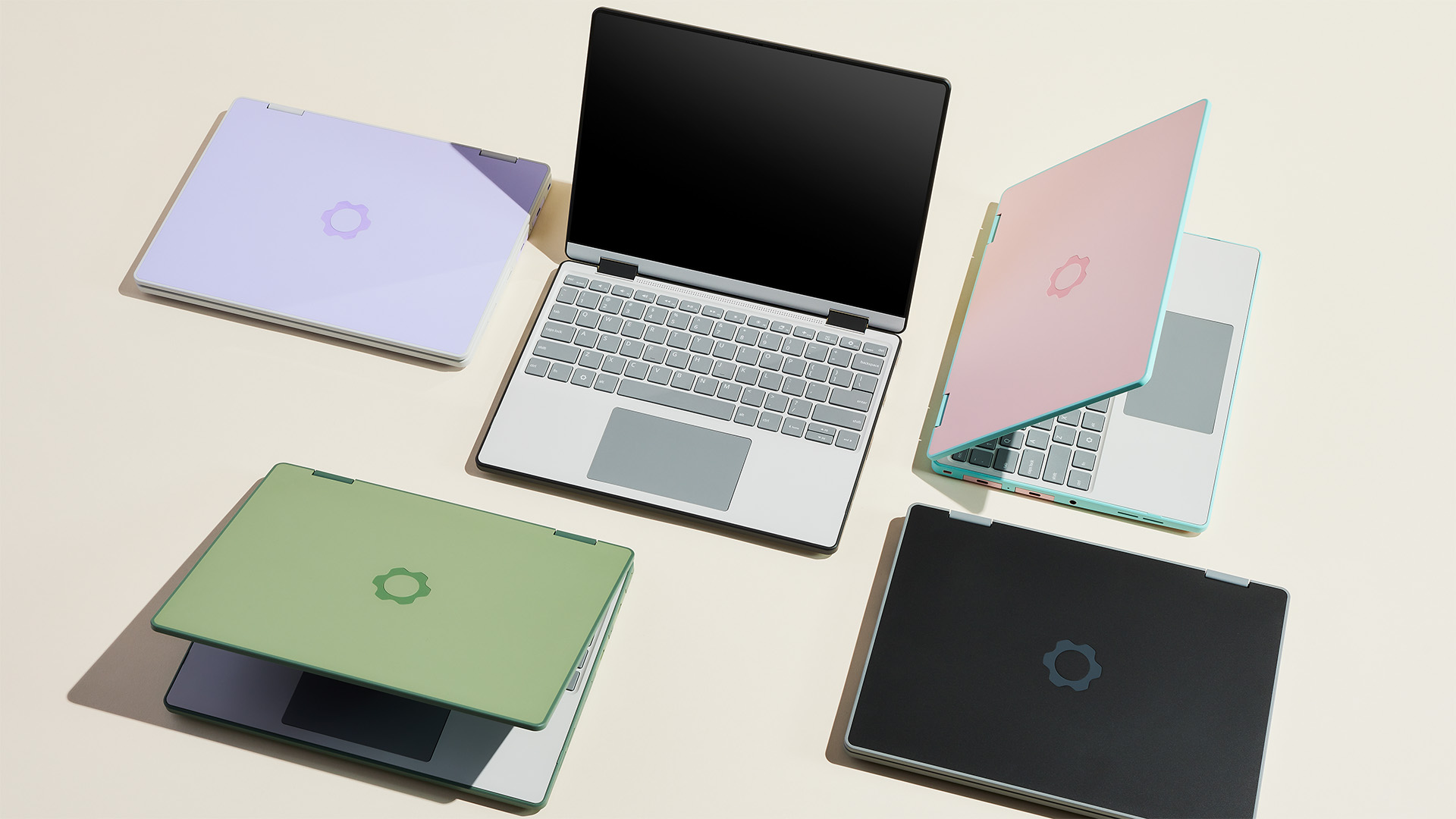 ‘We would have to sell the lowest-end SKUs at a loss’: Framework says it’s ‘temporarily pausing’ some US laptop sales amid tariff disruption
‘We would have to sell the lowest-end SKUs at a loss’: Framework says it’s ‘temporarily pausing’ some US laptop sales amid tariff disruptionNews Modular laptop designer Framework says it is “temporarily pausing US sales” in response to the disruption caused by US tariffs on Taiwanese imports.
By Ross Kelly
-
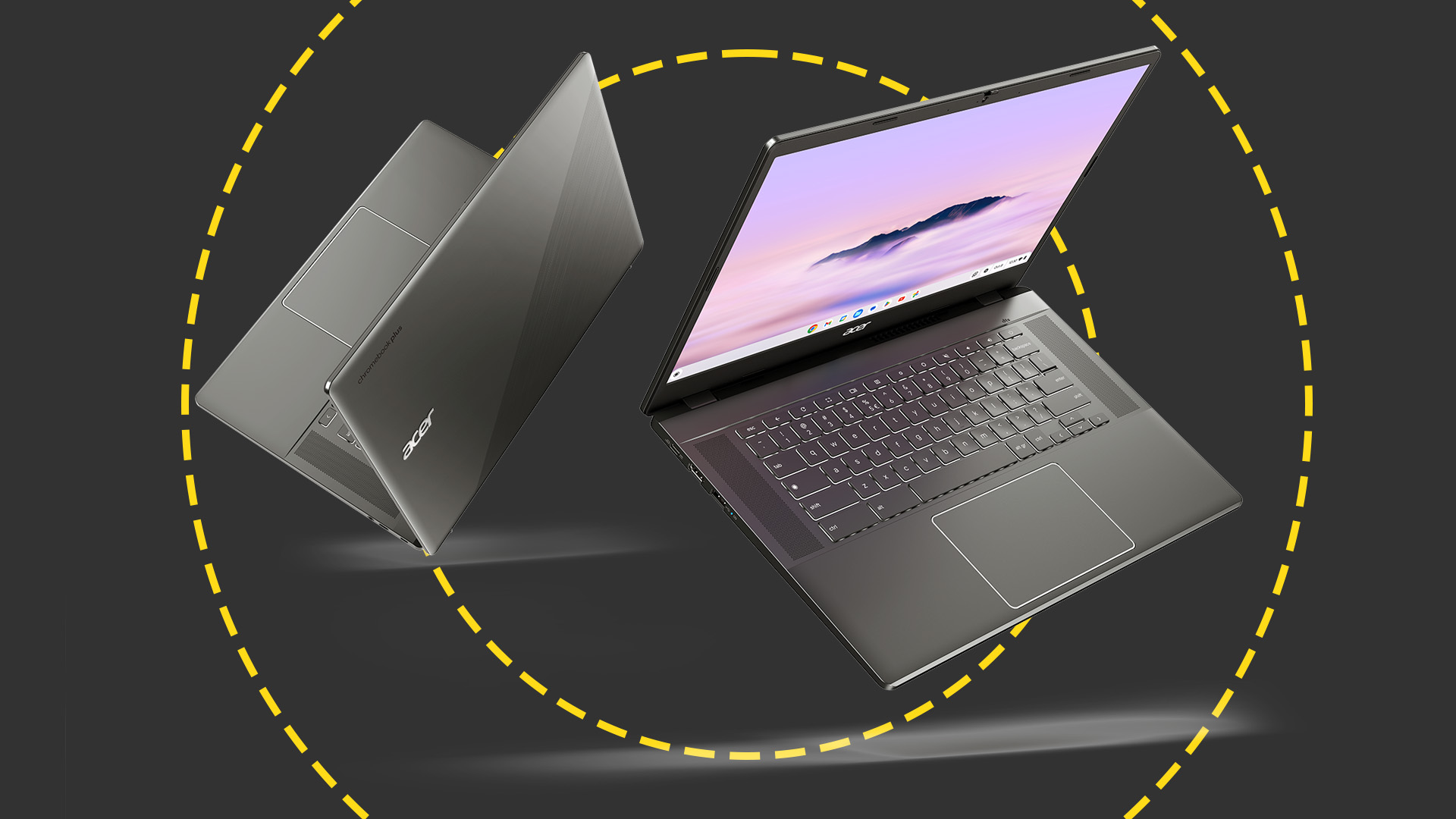 Acer Chromebook Plus 515 review: A brilliant big-screen workhorse for tight budgets
Acer Chromebook Plus 515 review: A brilliant big-screen workhorse for tight budgetsReviews Compromises have been made to stay in budget, but the Plus 515 makes sense as a hard-working, cost-conscious Chromebook
By Stuart Andrews
-
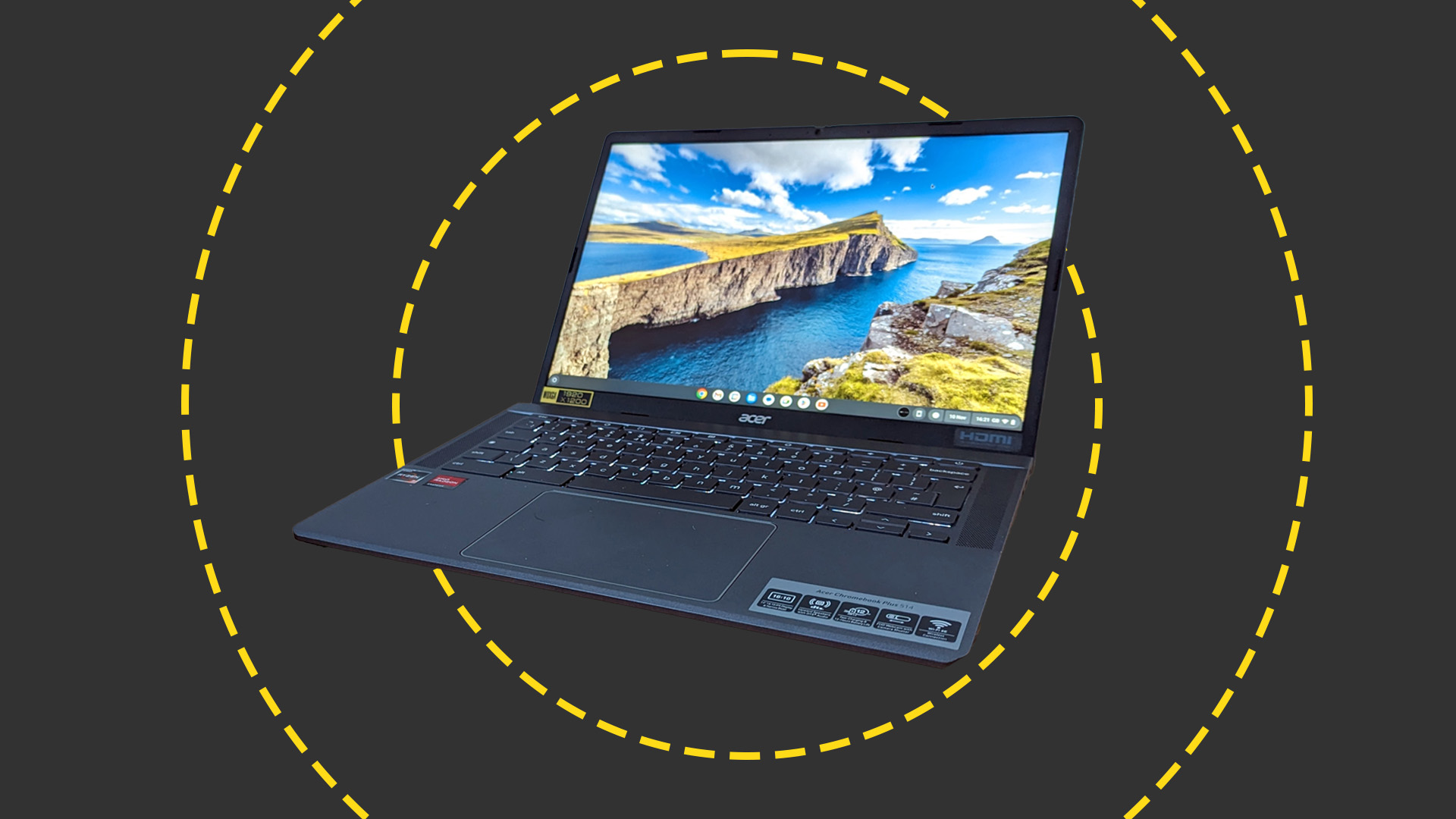 Acer Chromebook Plus 514 review: A better class of budget Chromebook for business use
Acer Chromebook Plus 514 review: A better class of budget Chromebook for business useReviews The Chromebook Plus 514 is a solid, speedy Chromebook on a limited budget
By Stuart Andrews
-
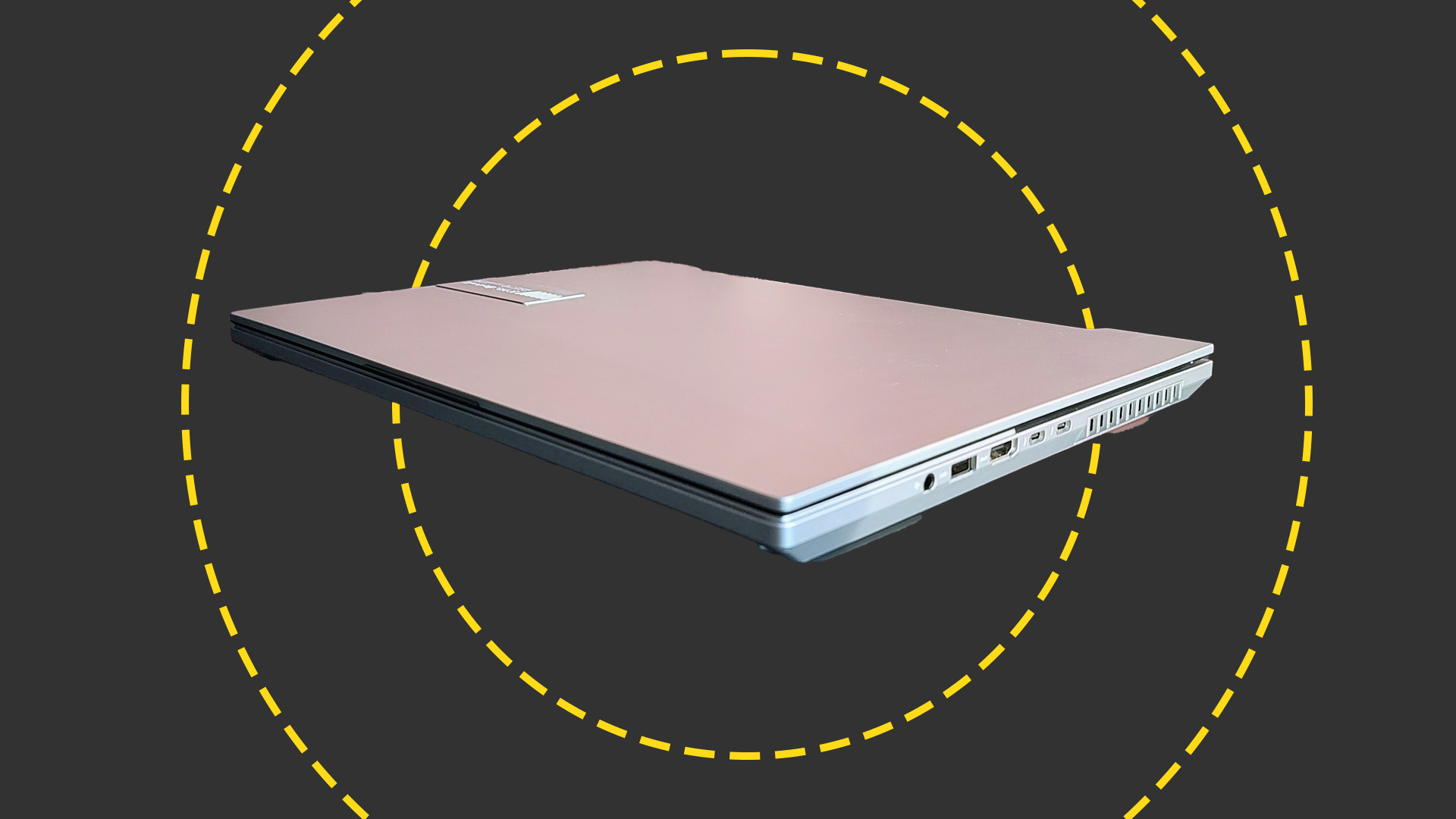 ASUS Vivobook Pro 16X OLED (K6604) 2023 review: An extraordinary omnicompetent laptop
ASUS Vivobook Pro 16X OLED (K6604) 2023 review: An extraordinary omnicompetent laptopReviews If there's a task the new Vivobook Pro 16X can't do well, and quickly, we can't find it – it's a jack-of-all-trades par excellence
By Alun Taylor
-
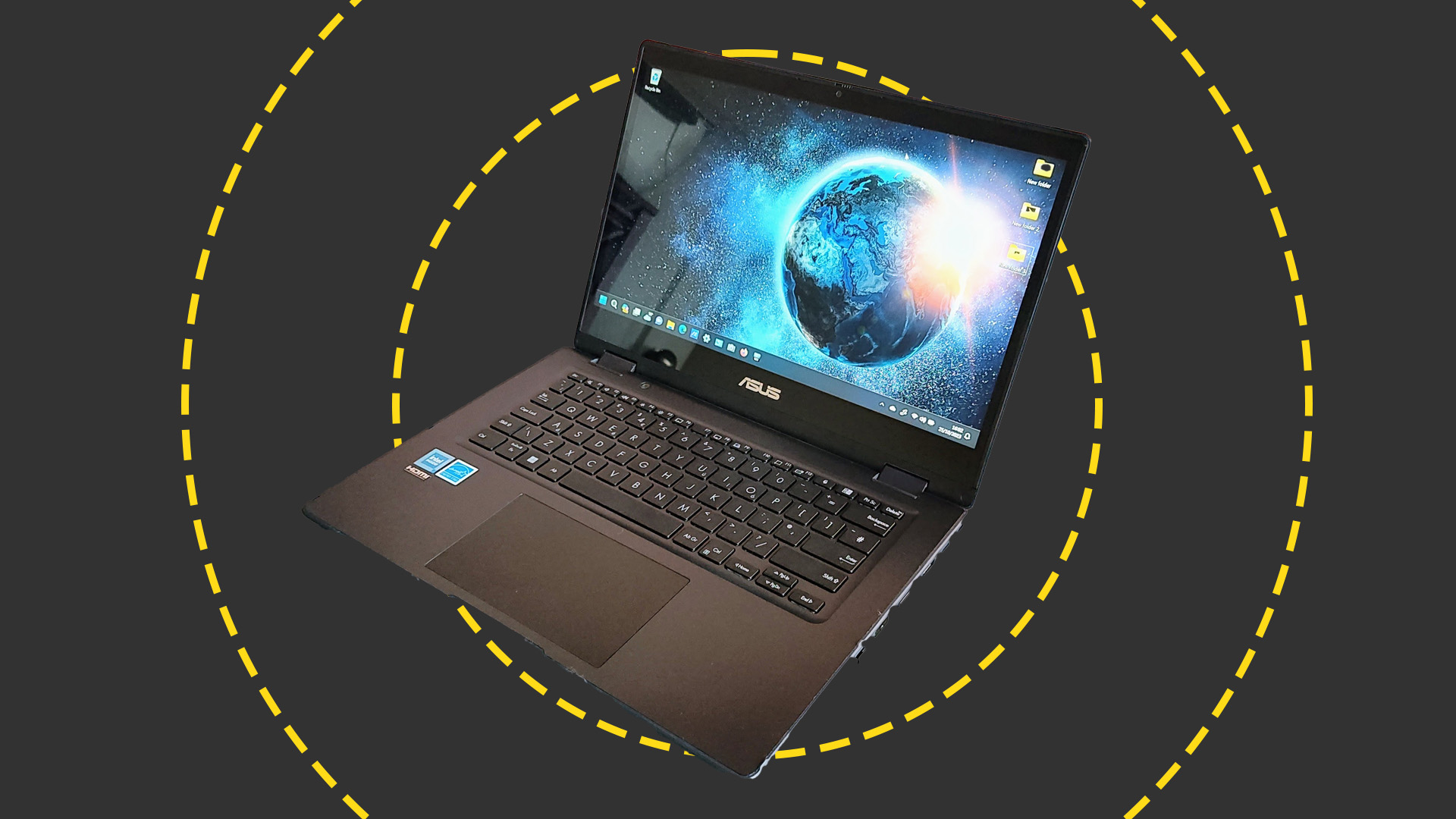 Asus BR1402 review: Rugged modularity for the classroom and workplace
Asus BR1402 review: Rugged modularity for the classroom and workplaceReviews The BR1402 is no powerhouse, but it's versatile, rugged, and crammed with useful features
By Alun Taylor
-
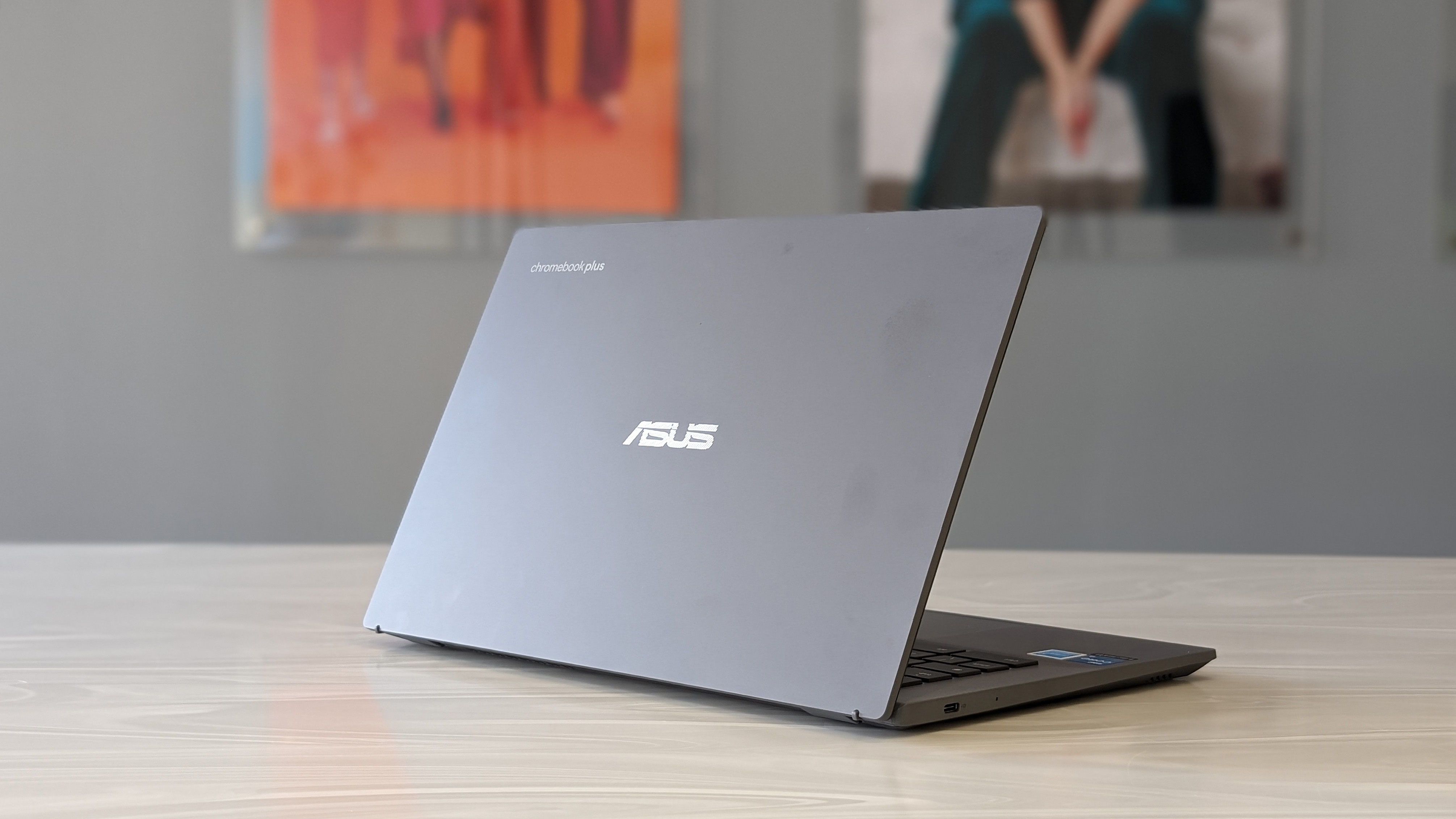 Asus Chromebook Plus CX34 review: i3-powered goodness for students and small businesses
Asus Chromebook Plus CX34 review: i3-powered goodness for students and small businessesReviews The first of a new breed of Chromebook, the CX34 is an affordable workhorse
By Bobby Hellard
-
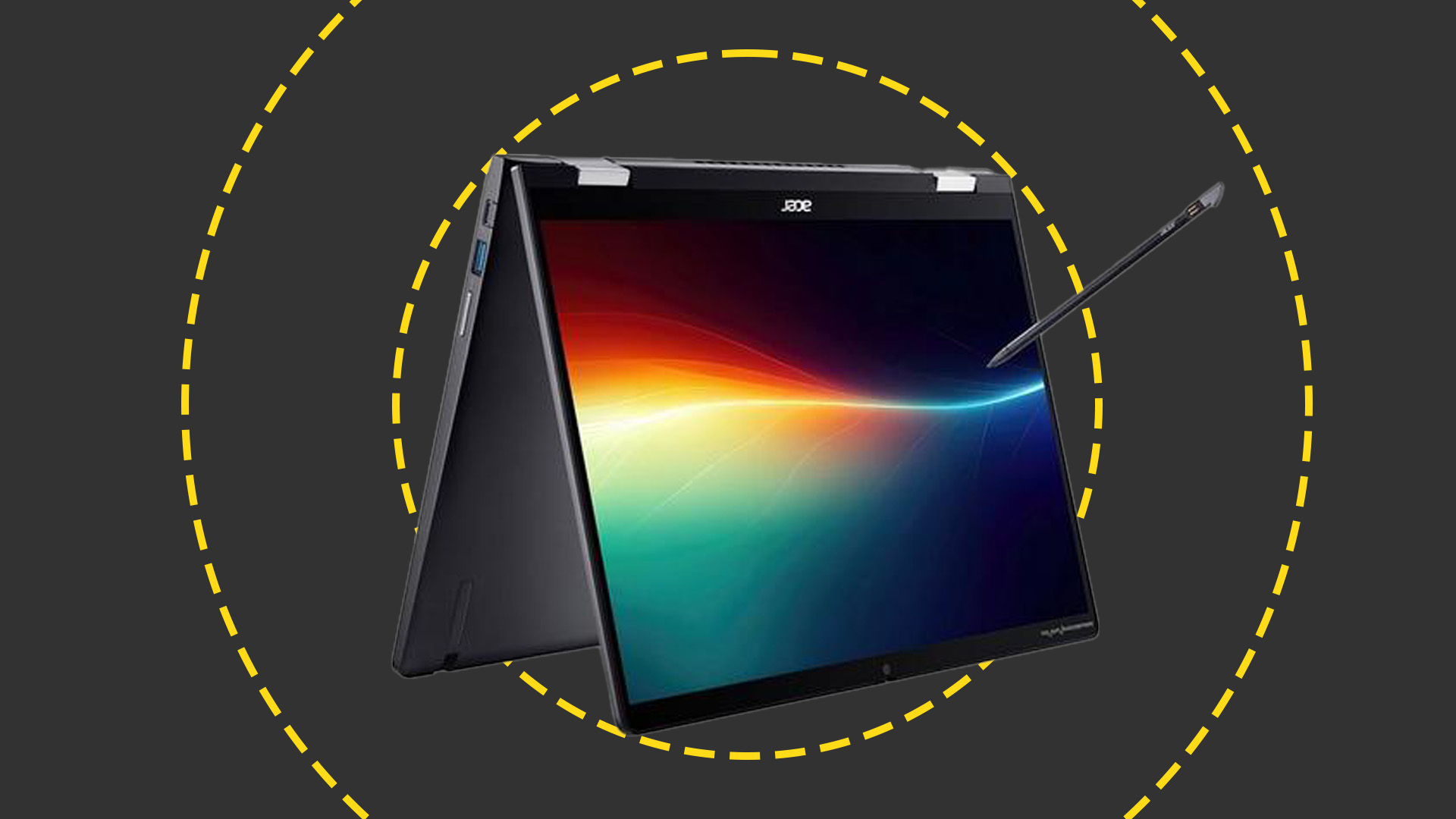 Acer Chromebook Spin 714 review: The best business Chromebook gets a refresh
Acer Chromebook Spin 714 review: The best business Chromebook gets a refreshReviews With a great design, excellent performance and impressive battery life, this is the new business Chromebook to beat
By Stuart Andrews
-
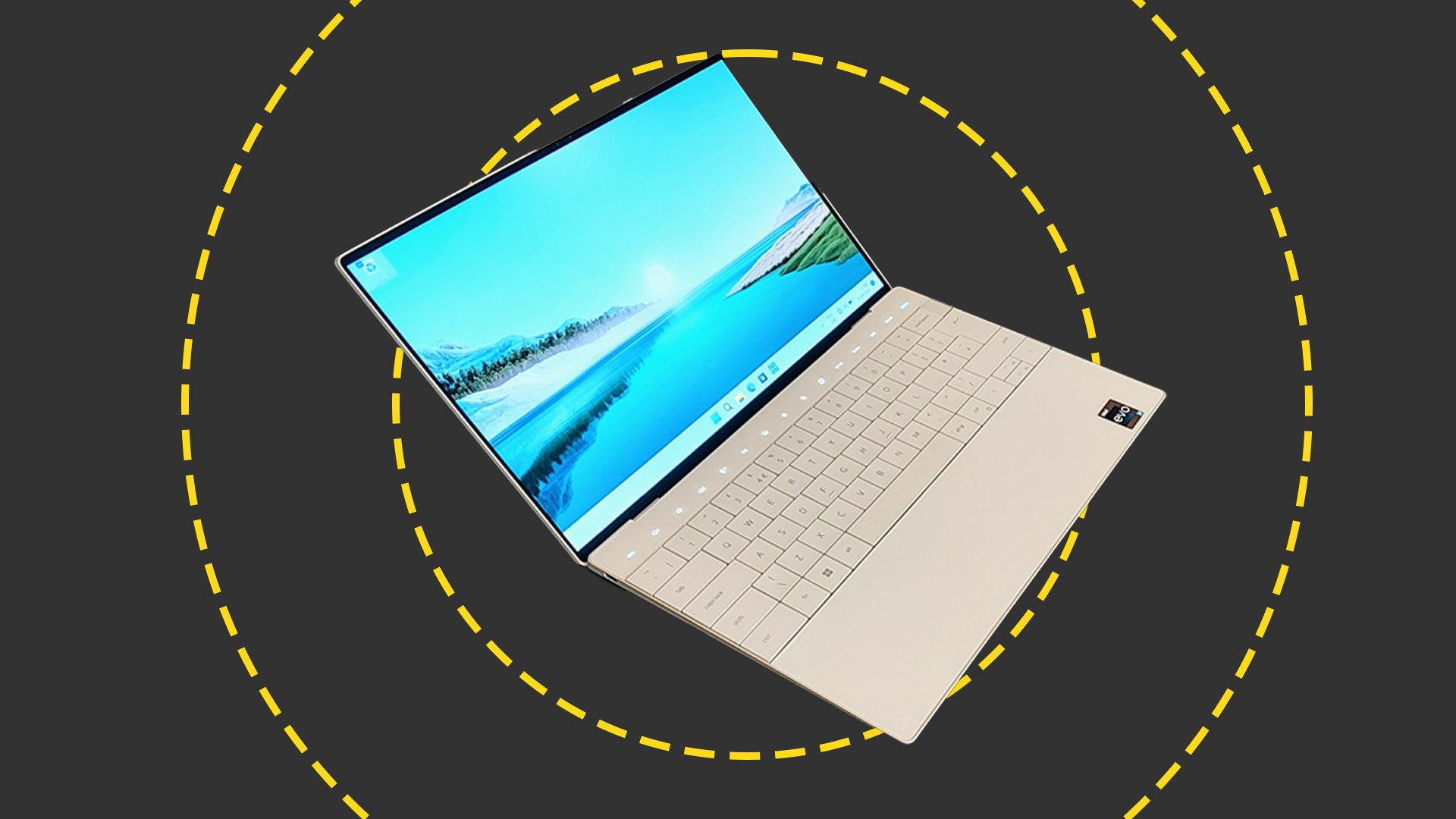 Dell XPS 13 Plus (2023) review: A design classic
Dell XPS 13 Plus (2023) review: A design classicReviews Dell's latest premium compact combines an outstanding OLED display with a unique keyboard design
By Alun Taylor